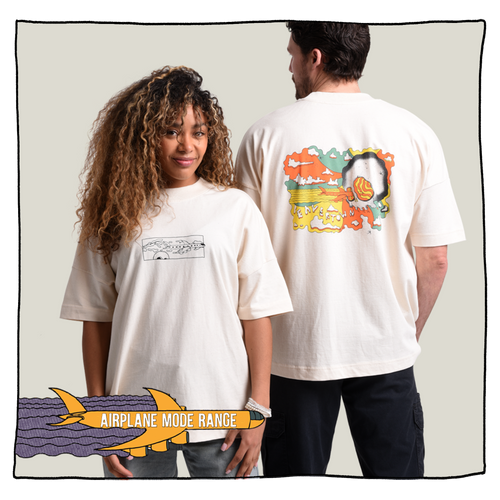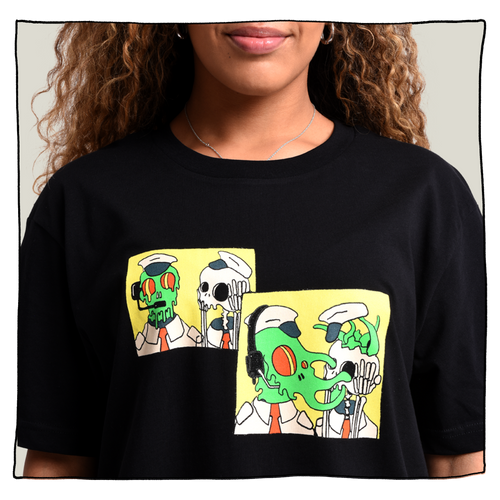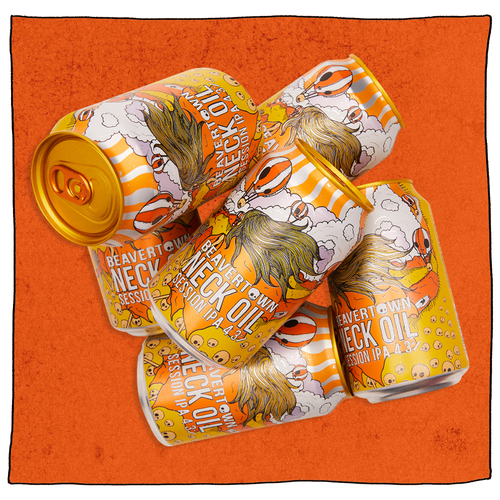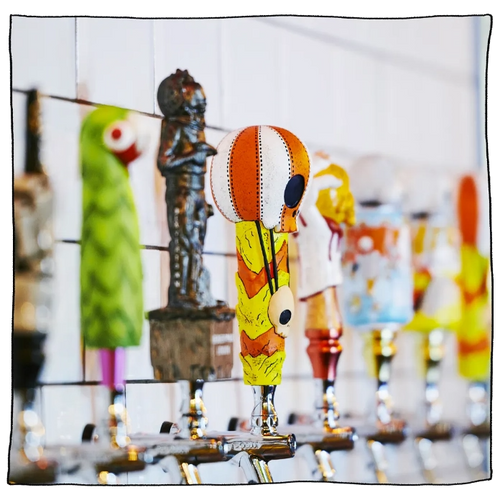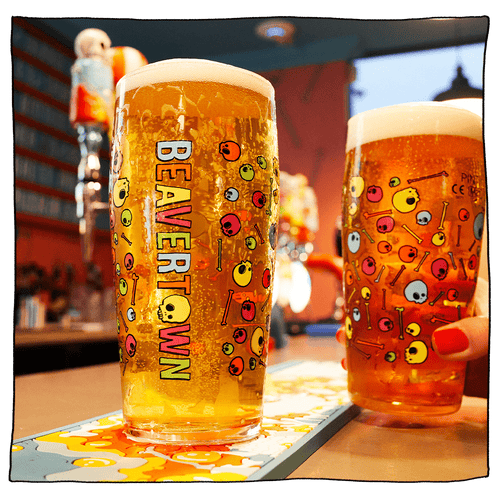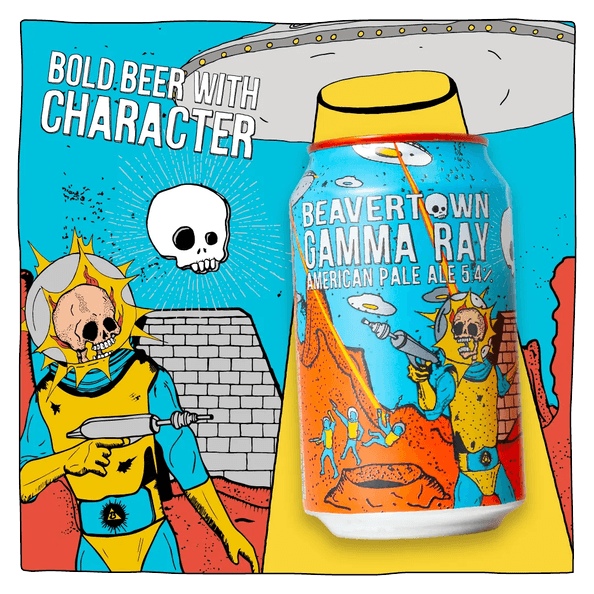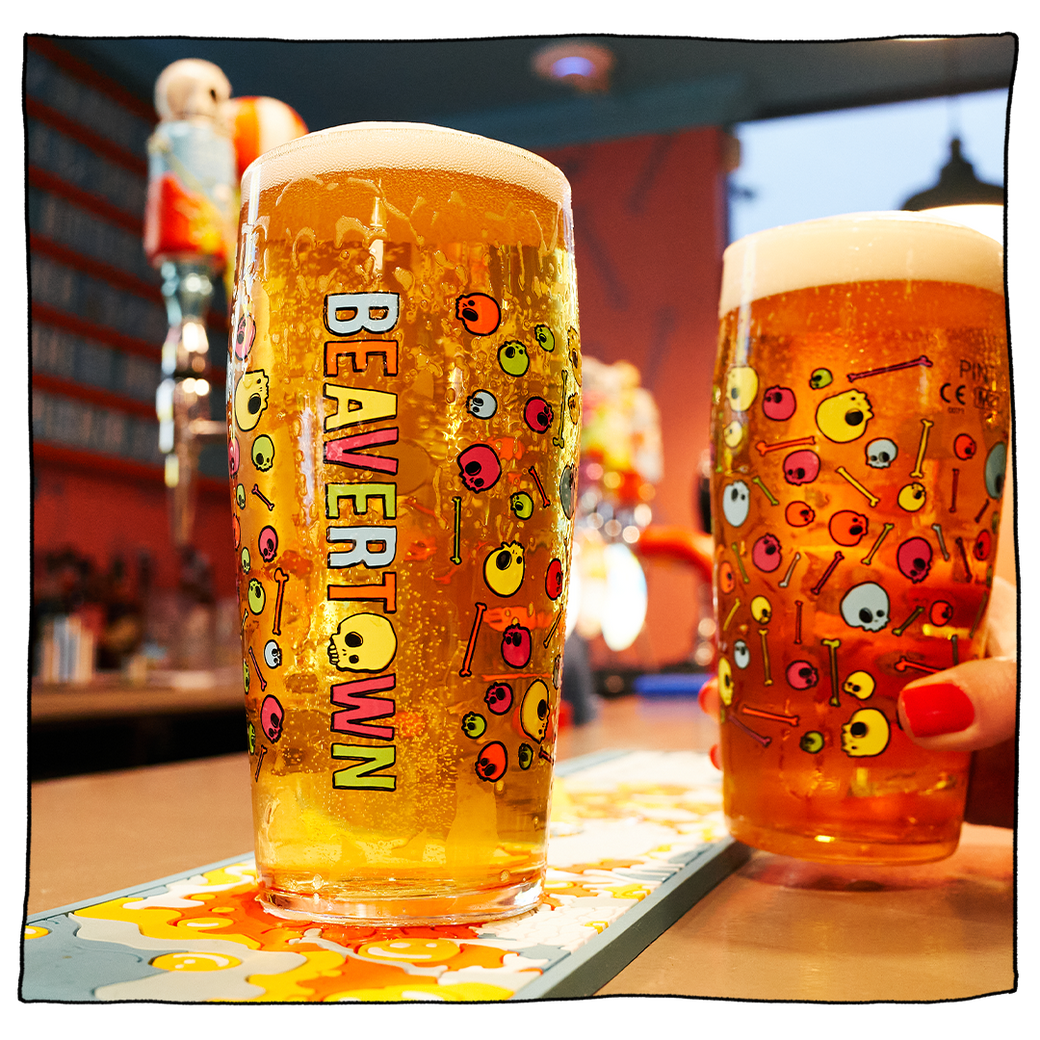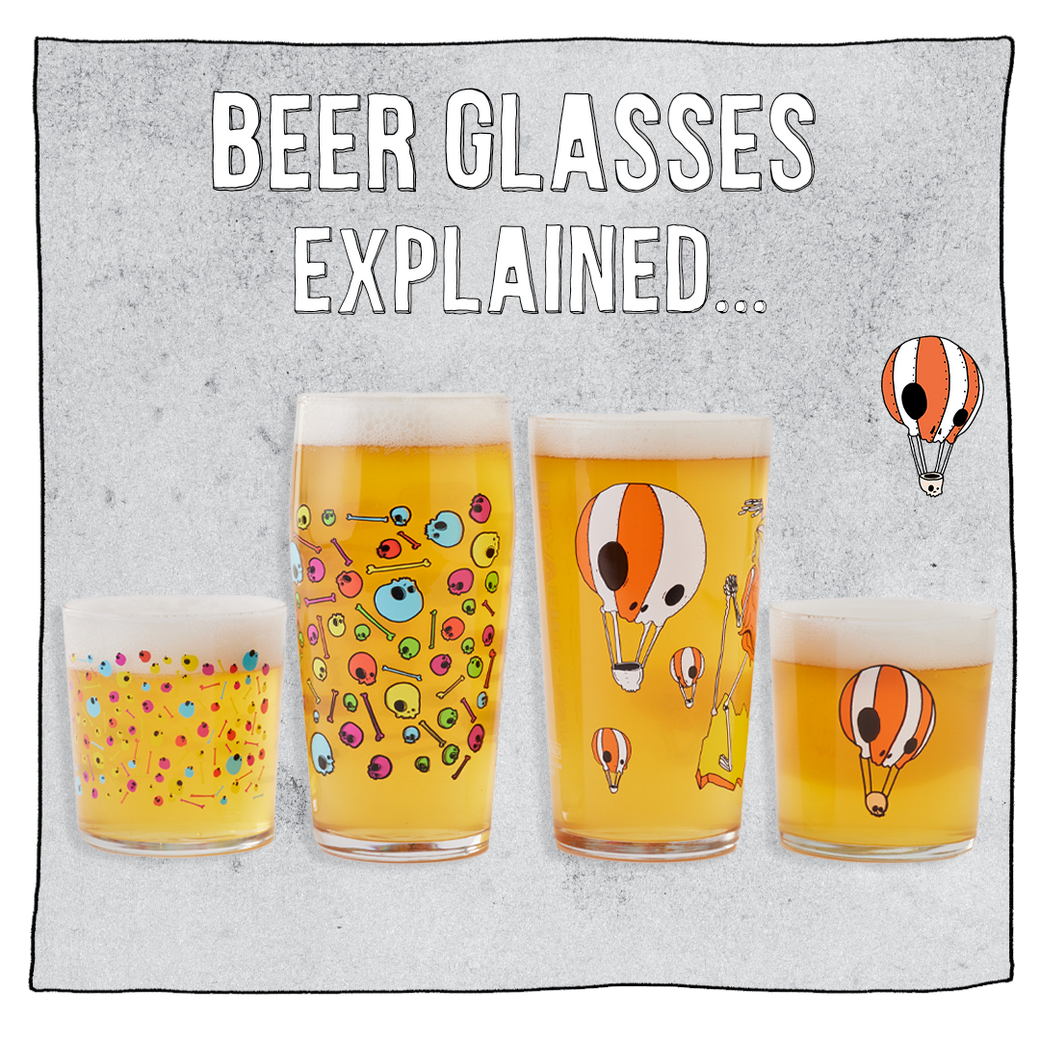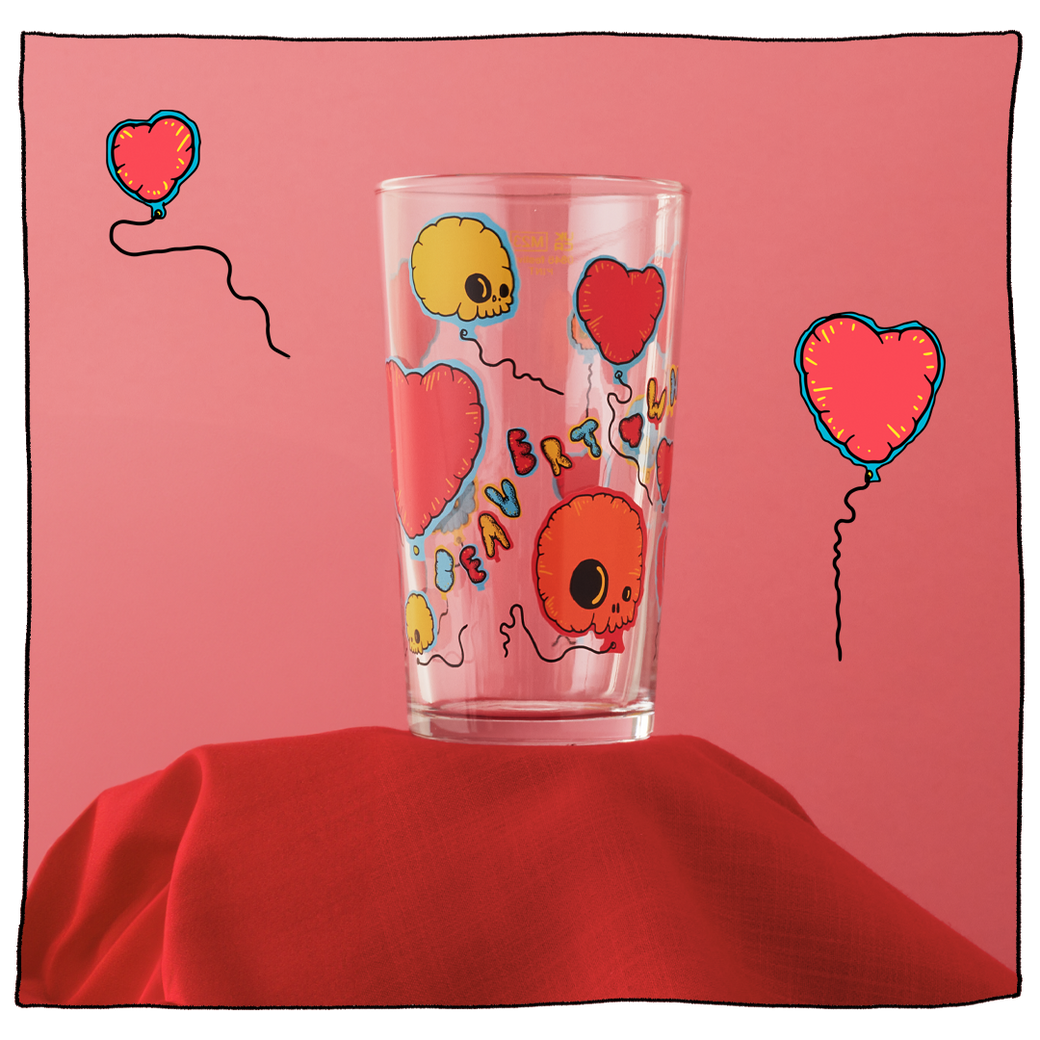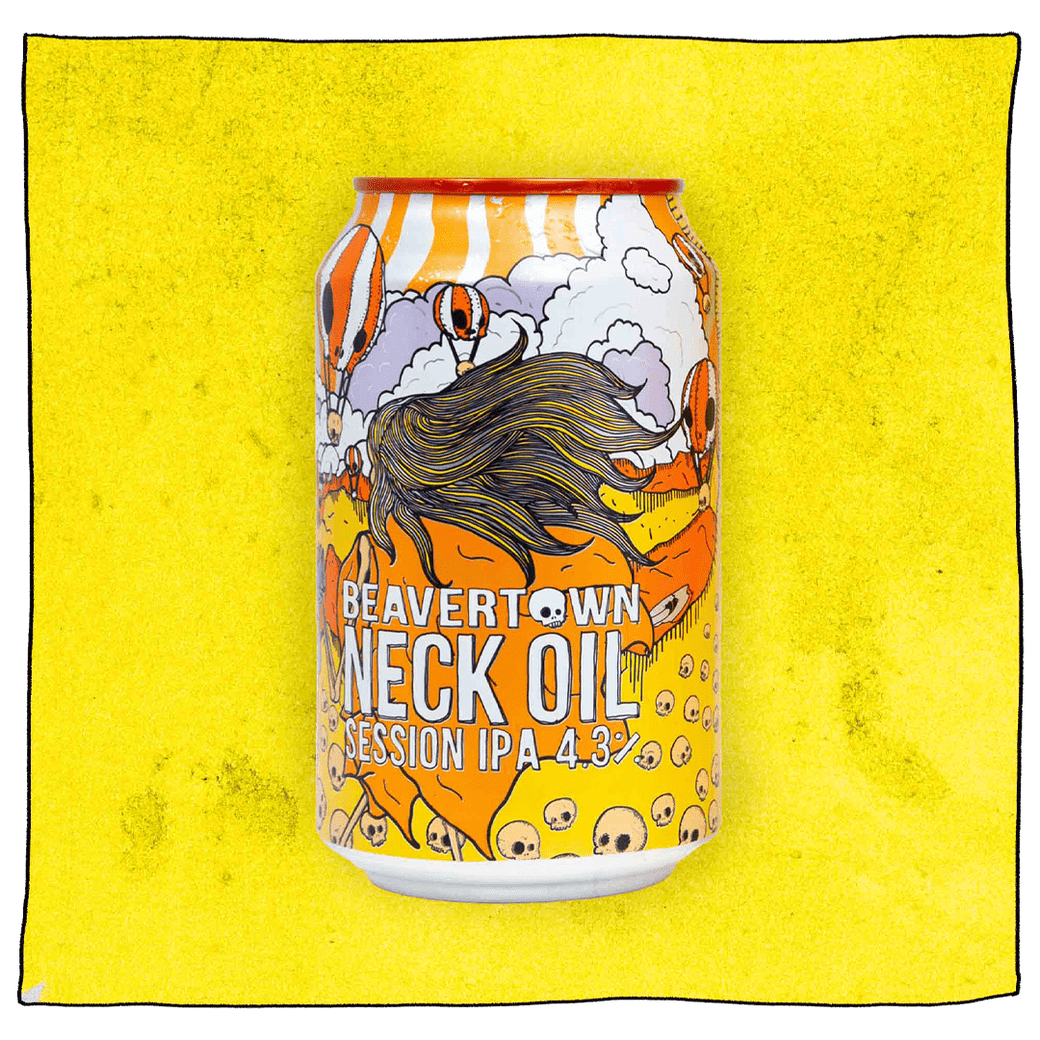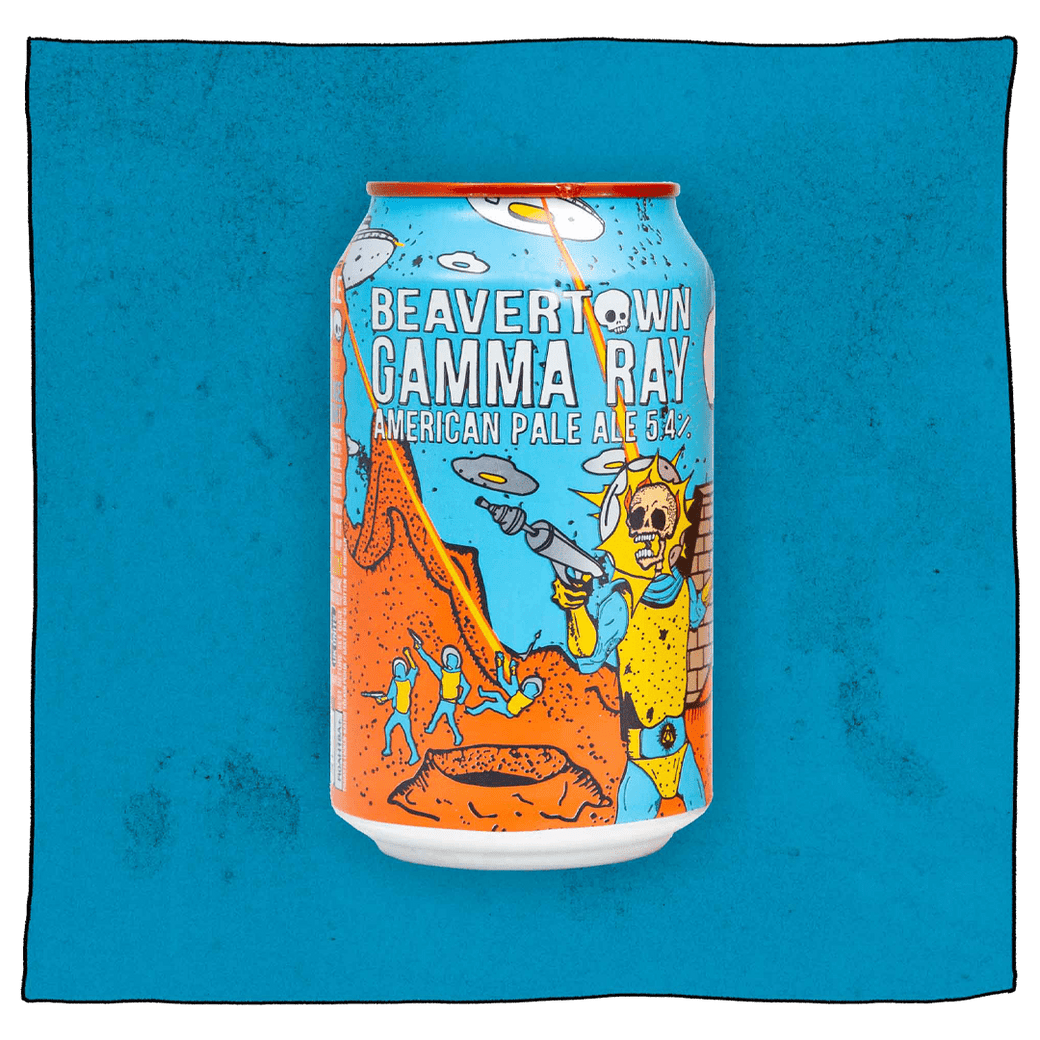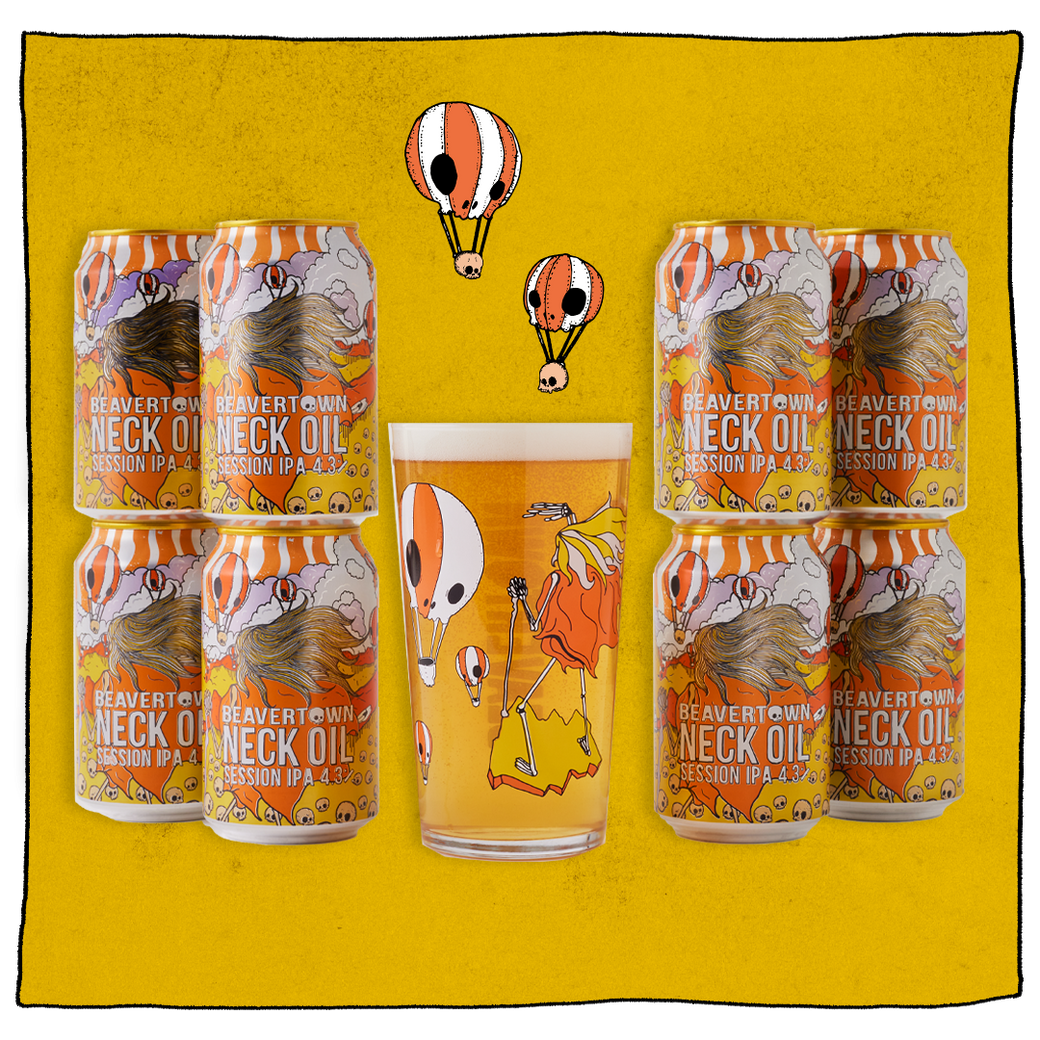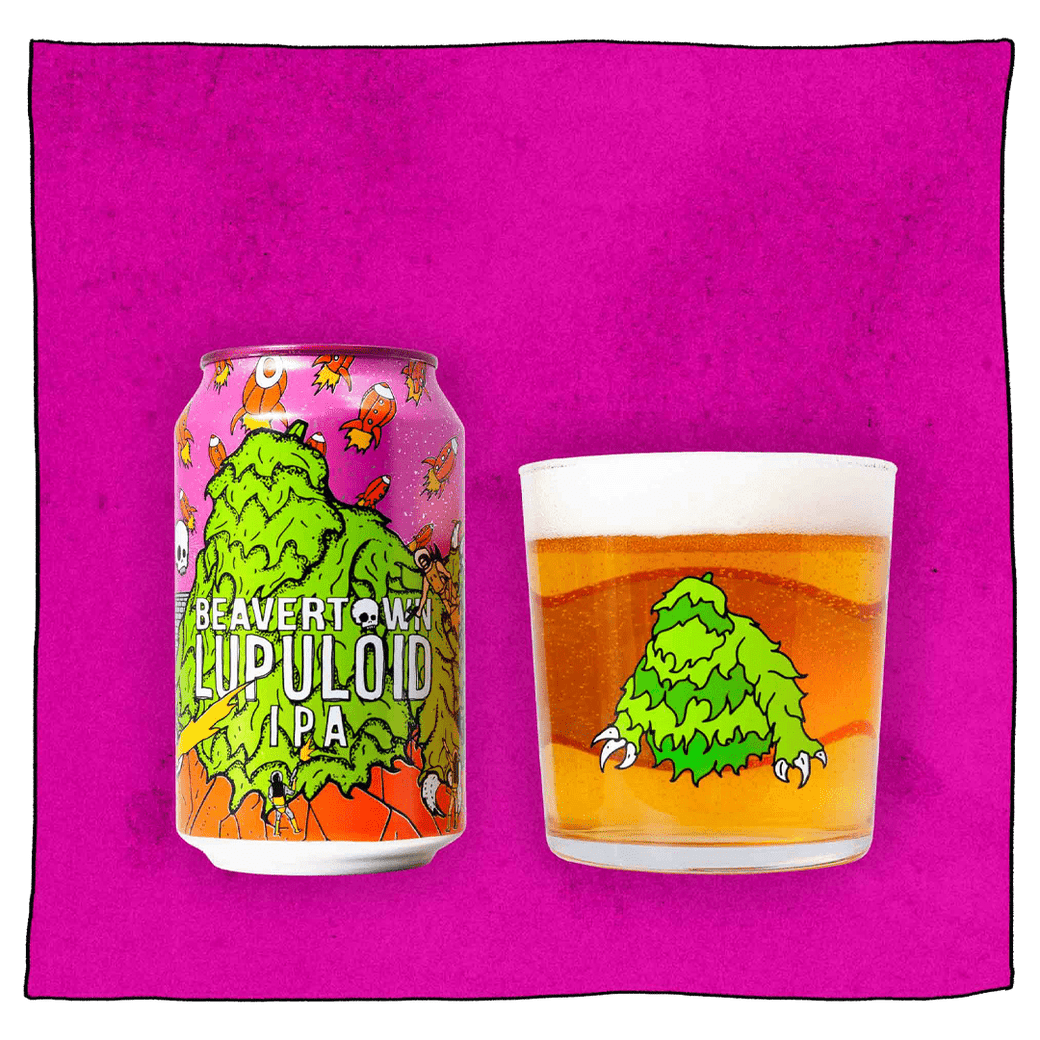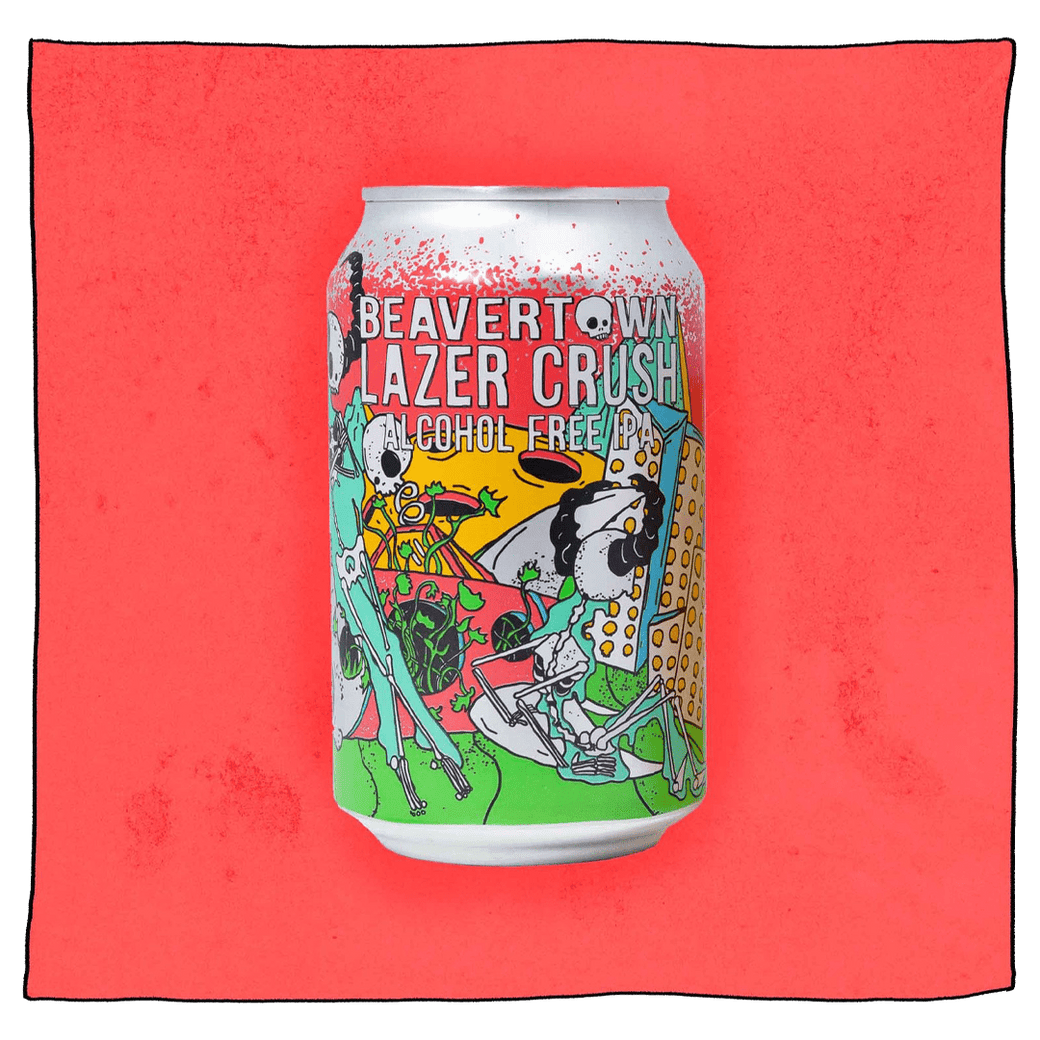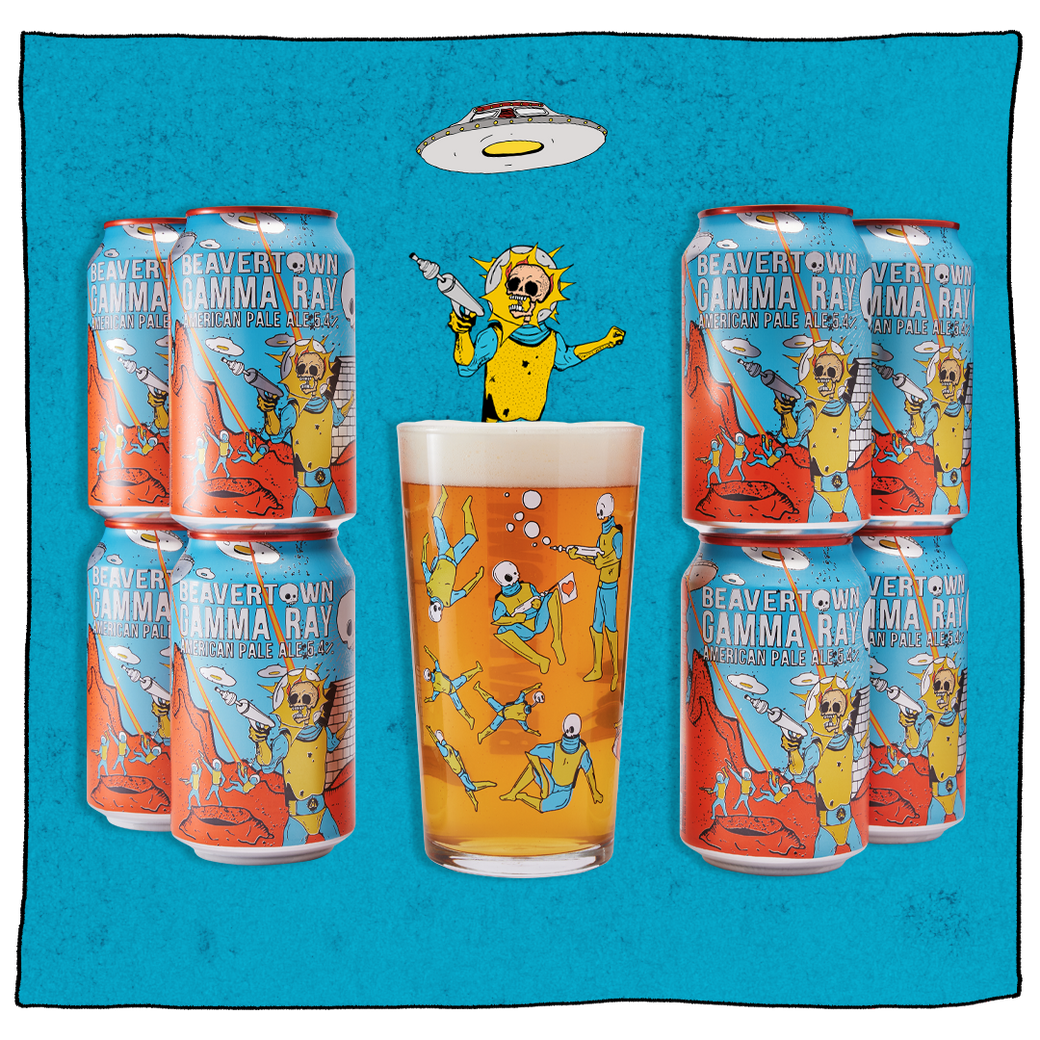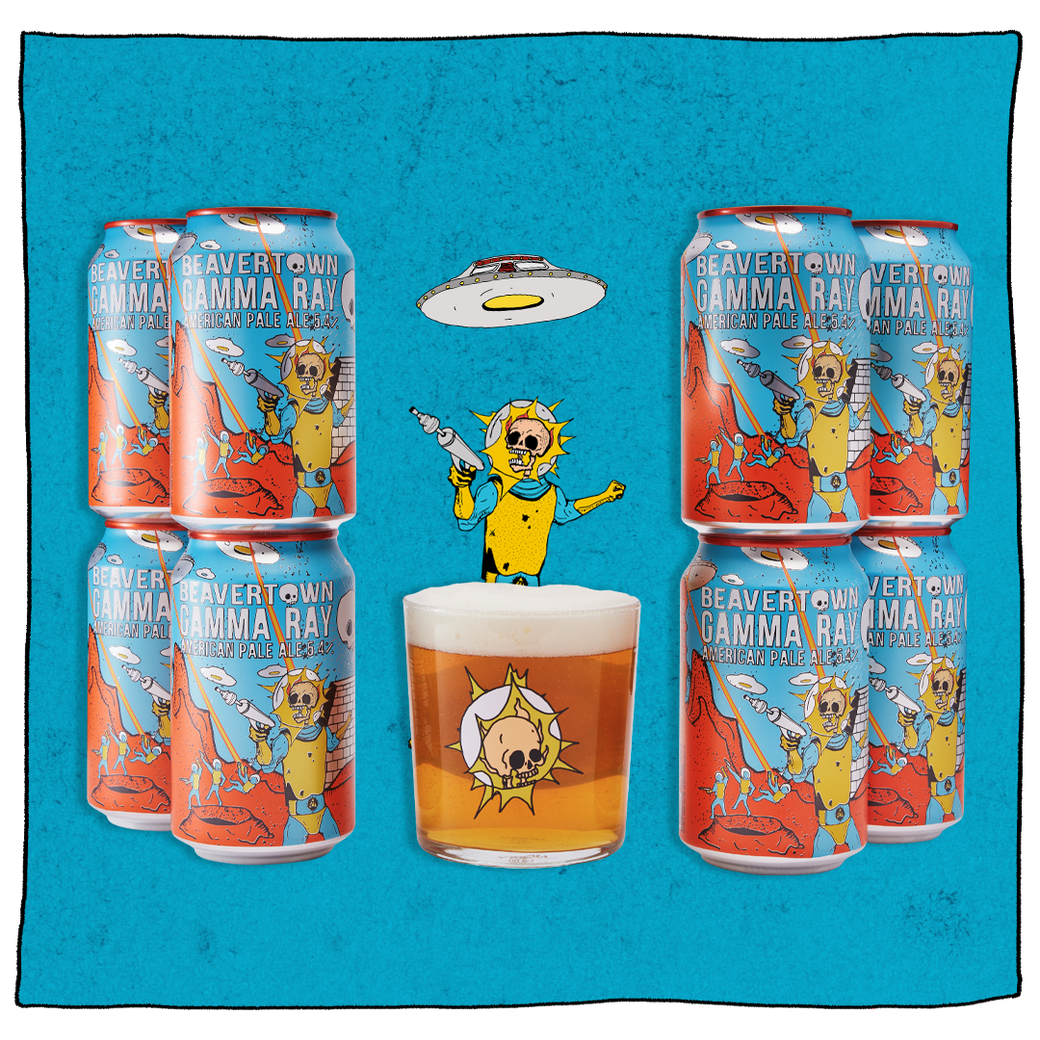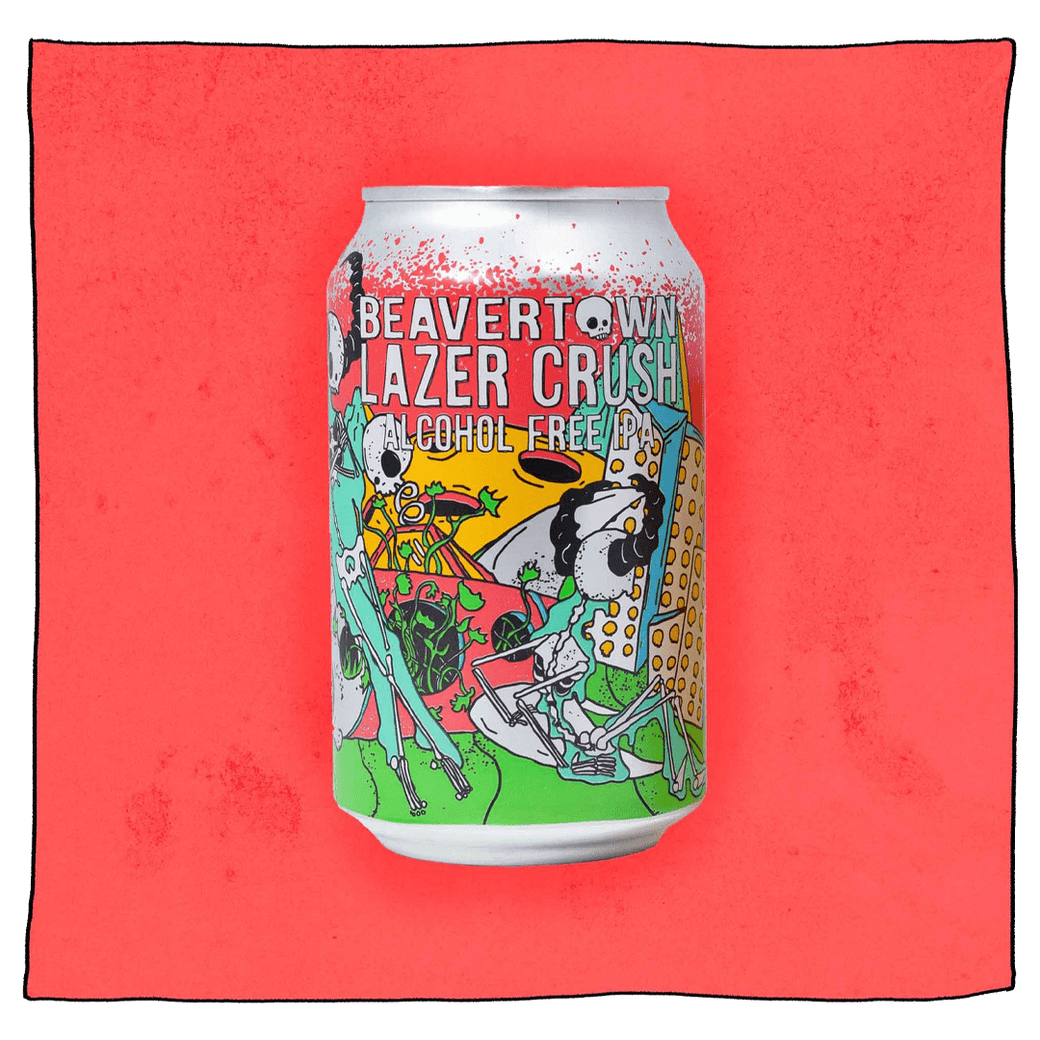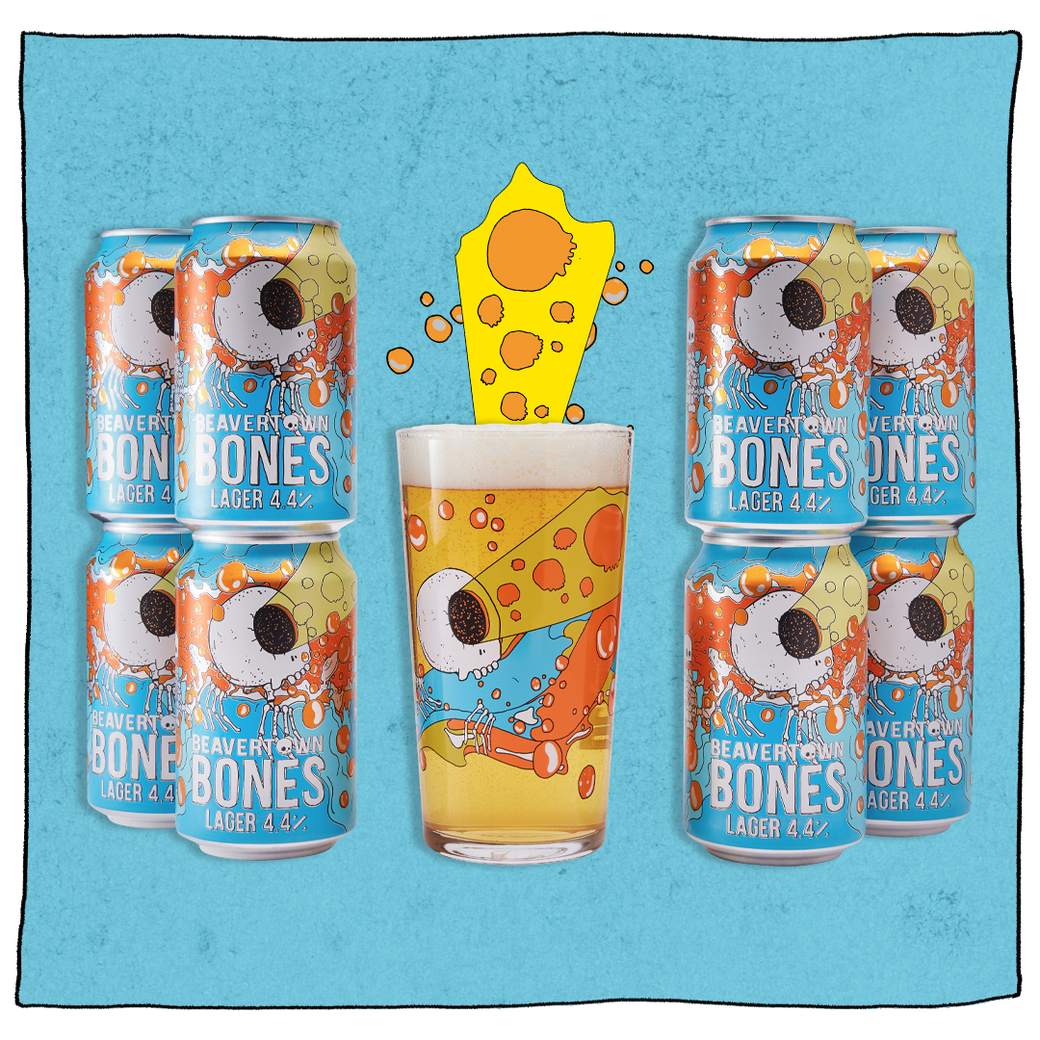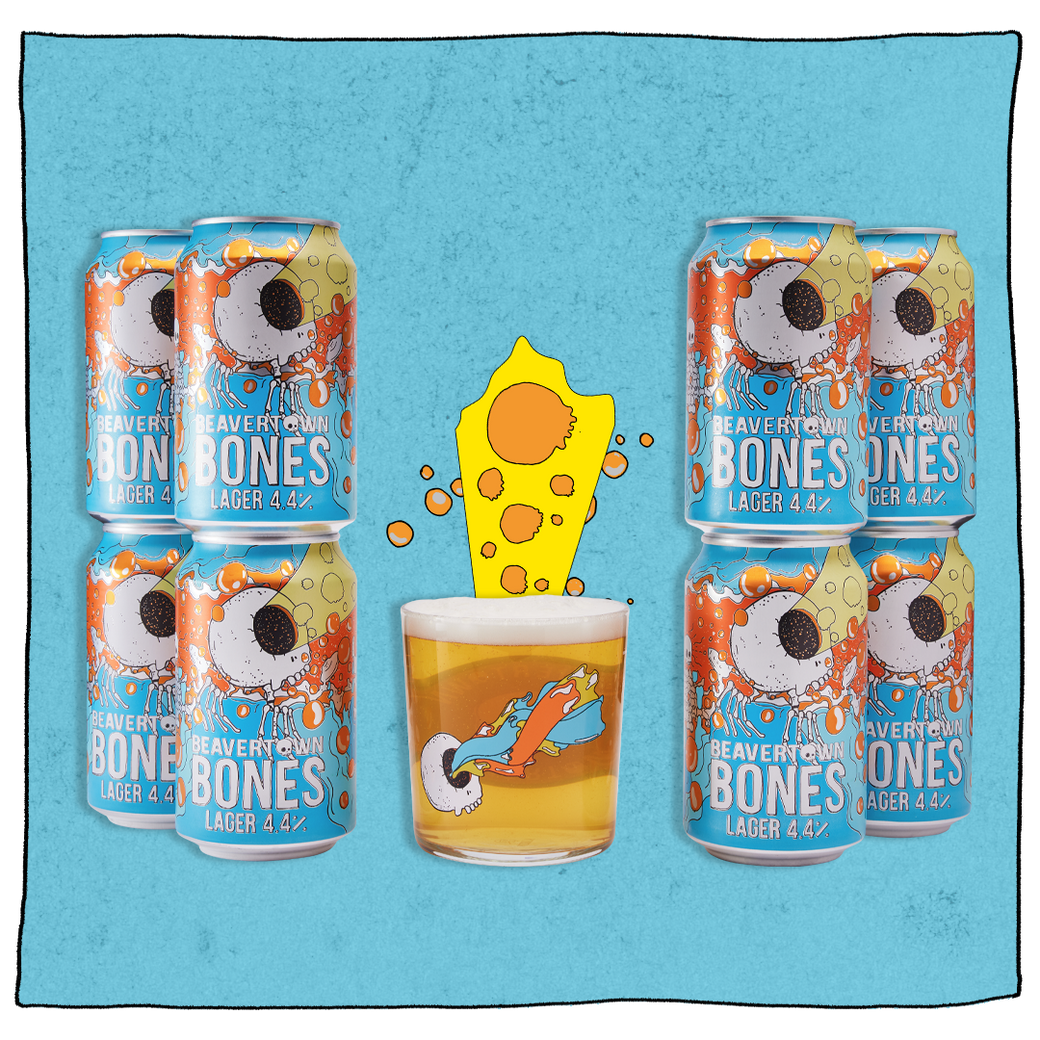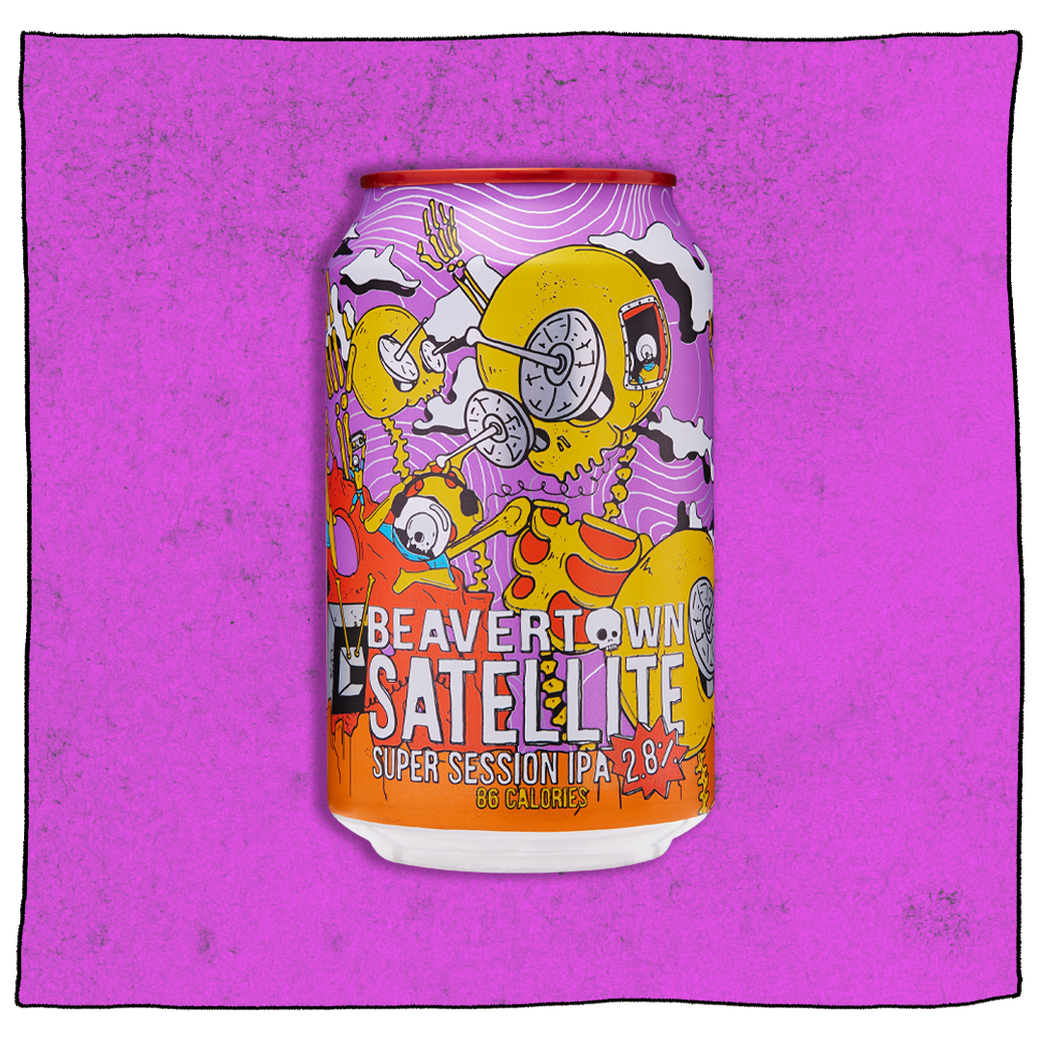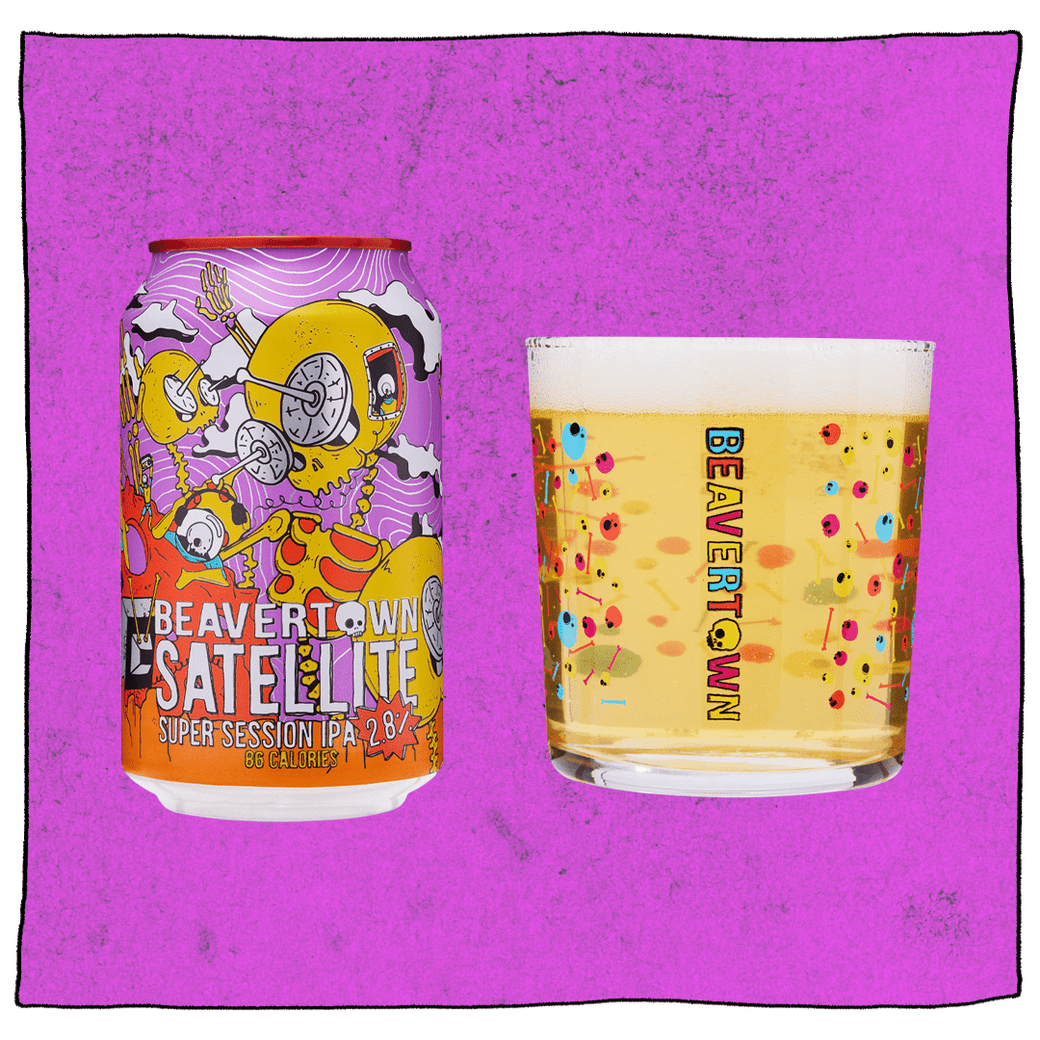Most people will drink their alcohol-free beer, enjoy the taste and move on with their lives. But, if you're like us and have that curious little twinkle in your eye that has got you into trouble more times than you can count, you may be wondering how alcohol-free beers are made.
Well, wonder no more, friends! Cause' we're spilling allll the juicy, beer-related secrets right here.
Non-Alcoholic Beer Ingredients
Did you know that regular beer only has 4 ingredients? (Don't believe us? Read our blog on how beer is made (shameless plug over)). And guess what? Non-alcoholic beer is made with the SAME 4 ingredients. Mind-blowing stuff.
- Malt
- Hops
- Water
- Yeast
That's all you need. And by just tweaking the ingredients here and there, like the amounts and the type, the flavours can drastically change. It really is an art form. We don't give our brewers nearly enough credit.
4 Ways to Make Non-Alcoholic Beer
So, there are actually a few ways that non-alcoholic beer can be made. Spoiler alert: the most common ways are dealcoholisation, dilution, limited fermentation and no fermentation.
We know they all sound pretty complicated. Don't worry, though. We're gonna talk all about them so you know what each one means and can impress everyone on your next pub trip.
1. Dealcoholisation
Dealcoholisation is the most commonly used method to make alcohol-free beer. And it's exactly how it sounds. The beer is brewed in its normal way, with the alcohol removed afterwards. Now, there are three ways of removing the alcohol:
Steam Distillation
Since the boiling point of alcohol is lower than water, heating the beer can remove the alcohol from it. The alcohol-fuelled vapour is then condensed and pumped out. While this is a popular method, it can also affect the flavours - sometimes even removing them completely. Not ideal. It's a very tricky balance, but not impossible.
Reverse Osmosis
Right, this is a proper scientific method, so bear with us. Reverse osmosis uses high pressure to force the beer through a semipermeable membrane, which captures large molecules (flavour molecules, to be exact) while allowing water and alcohol to pass through. Meaning no alcohol but all the flavours. The water gets added back later, and non-alcoholic beer is made! Still with us? Good.
Vacuum Distillation
Vacuum distillation is very similar to steam distillation. The only difference is that it heats the beer under low pressure for a slower process that separates the flavours from the beer so they aren't at risk of being lost and then adding them back in once the alcohol has been removed.
2. Dilution
Once again, this method requires the brewers to make beer in the usual way, and then the alcohol will be removed afterwards. Typically, though, the beer will be a lot more concentrated, so they can dilute it without losing all of the flavour. The dilution process starts after fermentation and uses water until the alcohol level is under 0.5%.
3. Limited Fermentation
Alcohol in beer is created during the fermentation process when the yeast breaks down the sugar. By limiting the amount of alcohol produced during fermentation to keep it under 0.5%, you'll be left with a low-alcohol beer. Magic.
4. No Fermentation
The most effective way to create a completely non-alcoholic beer? Just skip the fermentation process altogether. Done and dusted. Of course, fermentation is an important part of the process that also gives the beer fizz, flavours and aromas - it's what makes beer a beer. Luckily, brewers are clever. They can make tweaks to the process and experiment with the recipe to create a drink that looks, smells and tastes like beer.
Can't get enough of learning allll about alcohol-free beer? Knowledge is power, after all. So, read our blog on the differences between non-alcoholic and low-alcohol beer.
Also don’t forget, we do offer alcoholic beers too if you prefer, such as our hugely popular Craft Pale Ales!






